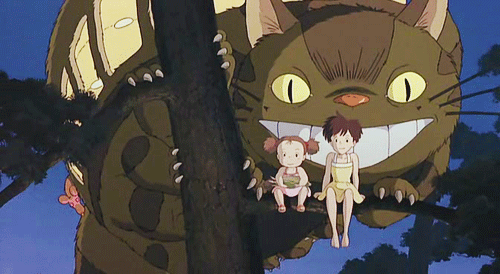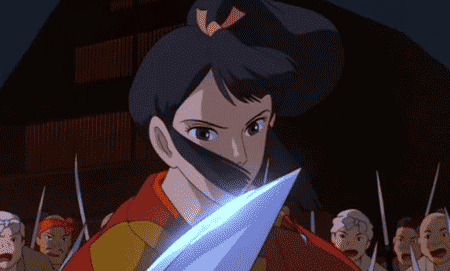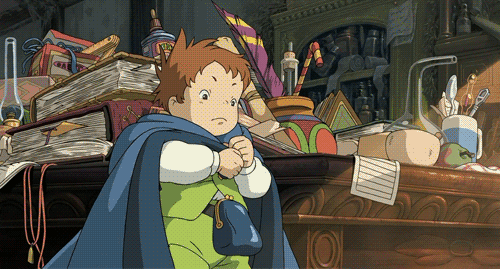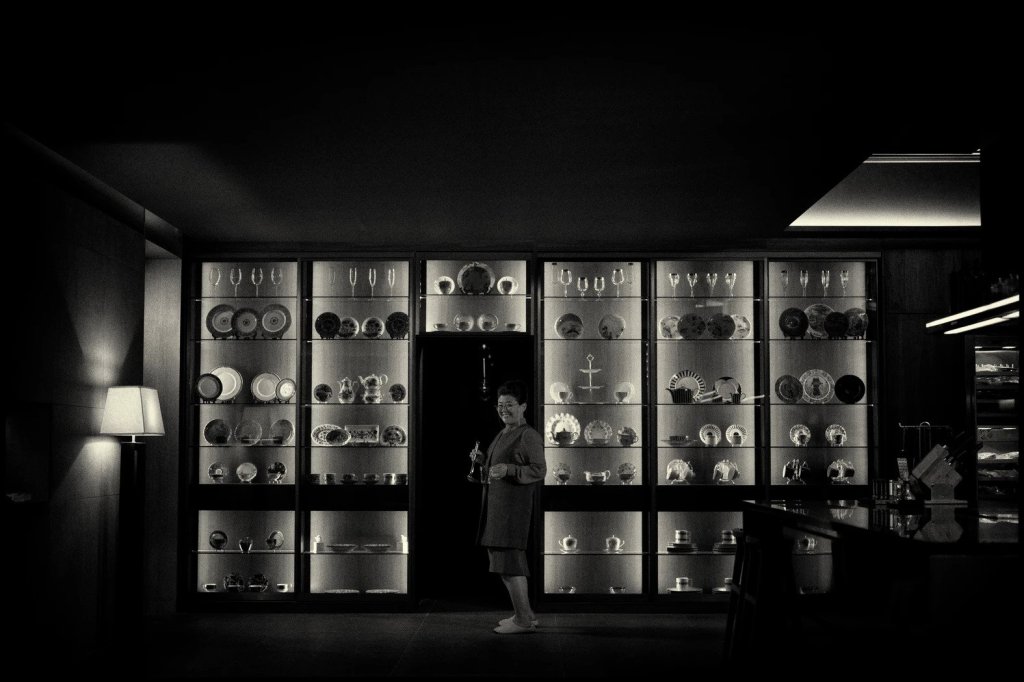Each week we pay homage to a select “Original Creator”—an iconic artist from days gone by whose work influences and informs today’s creators. These are artists who were innovative and revolutionary in their fields. Bold visionaries and radicals, groundbreaking frontiersmen and women who inspired and informed culture as we know it today. This week: Hayao Miyazaki.
“Do everything by hand, even when using the computer.” ― Hayao Miyazaki
Videos by VICE
Often called the Walt Disney of Japan, manga artist and animator Hayao Miyazaki creates gorgeous and bewitching animated movies, whose power hinges on the drawings rather than the story—but that’s not to say his stories aren’t also brilliant. He begins making his films by building wire frames and the stories develop as the drawings progress. The director admits in an interview that it’s a “dangerous way to work,” but alas, it’s a technique that has brought him great success. He prefers hand-drawing his animations, though he has experimented with CGI and digital paint beginning with 1997’s Princes Mononoke.
He prefers to call himself a true manga artist, rather than a storyteller, as he only became interested in animation after watching films like Taiji Yabushita‘s The Tale of the White Serpent and a Russian animated version of Hans Christian Andersen’s The Snow Queen. Formally trained in political science and economics, Miyazaki started his animation career at Toei Animation and A Pro, before founding Studio Ghibli in 1985 with director Isao Takahata and producer Toshio Suzuki. Walt Disney Pictures eventually signed a deal with Studio Ghibli in order to introduce Miyazaki’s films to Western audiences.
Knowing that his movies are primarily hand-drawn, the inconspicuously-detailed pictures are completely mind blowing, not to mention incredibly time consuming. His animation style is extremely delicate and realistic, as he makes sure to highlight details like the sparkling reflection of sun on water, the sluggish pace of a snail moving up a plant or a wisp of hair delicately blowing in the wind.
Though often preoccupied with exploring environmentalism, capitalism and other serious political and anti-war themes, he often chooses to reveal his fantastical and monster-ridden stories through the eyes of young, female heroines who are often portrayed as weak or immature at the beginning but emerge courageous and triumphant after overcoming whatever series of obstacles the specific adventure narrative presents. Miyazaki says his movies are made for children, but adults have proved to be profoundly affected as well—Spirited Away became the first non-English and anime movie to win the Academy Award for Best Animated Feature in 2002.
The magic of his films comes across though his subtle yet profound ways of exploring humanity’s flaws and nature, as well as through complex characters and imagery. His movies stir up memories and dreams, transporting you back to your childlike state-of-mind and directly into the characters’ worlds, often inspired by settings and situations from Miyazaki’s own past. TIME magazine named Miyazaki one of 2005’s Most Influential People, and that influence can be seen in his mentorship of upcoming filmmakers like Hiroyuki Morita and his own son Goro Miyazaki. Disney director Pete Docter and Disney animator Glen Keane have both said they’ve been intensely inspired by Miyazaki’s brilliant body of work.
Find a selection of his most notorious and influential animations below…
My Neighbor Totoro (1988)

A friendly flying forest spirit, Totoro, whose popularity in Japan is akin to that of Winnie-the-Pooh, helps two young sisters deal with their mother’s illness. Totoro has also made appearances in several other Studio Ghibli films, South Park, Toy Story 3 and is also featured on Studio Ghibli’s logo. Watch the trailer here.
Kiki’s Delivery Service (1989)Based on the novel by Eiko Kadono, the story centers around Kiki, a teenage witch-in-training, who starts a broom delivery service in order to discover her true potential.
Princess Mononoke (1997)

Considered one of Miyazaki’s most violent films, Princess Mononoke shows the struggle between the Forest Spirit and a team of wolves and their adopted daughter San, aka Princess Mononoke, as they try and prevent the wasteful consumption of the forest’s resources by humans in the nearby Iron Town. Watch the trailer here
Spirited Away (2001)Ten-year-old Chihiro Ogino takes a job working at a mythical bath house run by a name-stealing witch after Chihiro and her parents (who have been turned into pigs) become trapped inside. Chihiro must complete many tests in order to return to the human world with her parents. Spirited Away is considered the most successful film in Japan’s history.
Howl’s Moving Castle (2004)

Based on the novel by Diana Wynne Jones, Sophie, an 18-year-old hat maker, is put under a spell that turns her into an old woman. She must comply with the demands of Howl in order to break the curse. Watch the trailer here.
[GIF source.]



